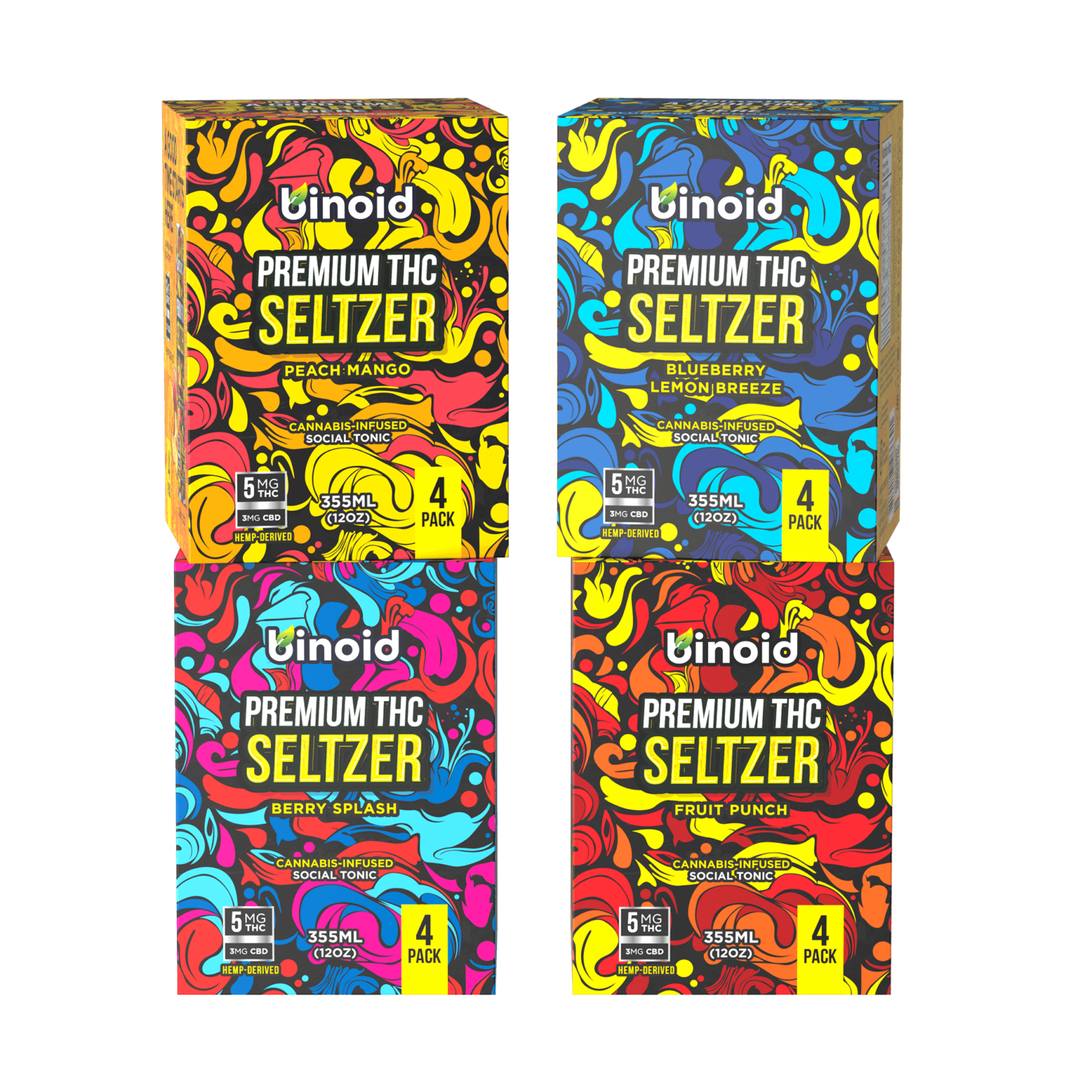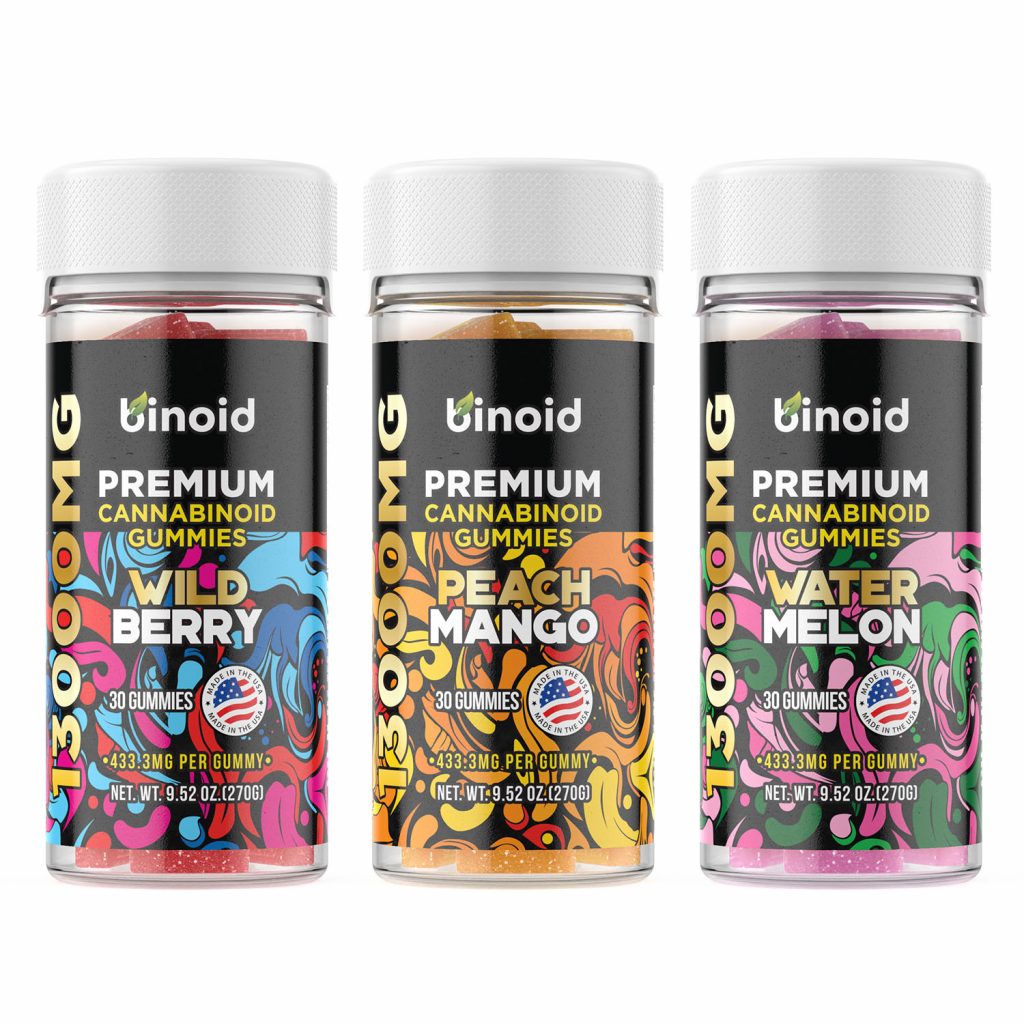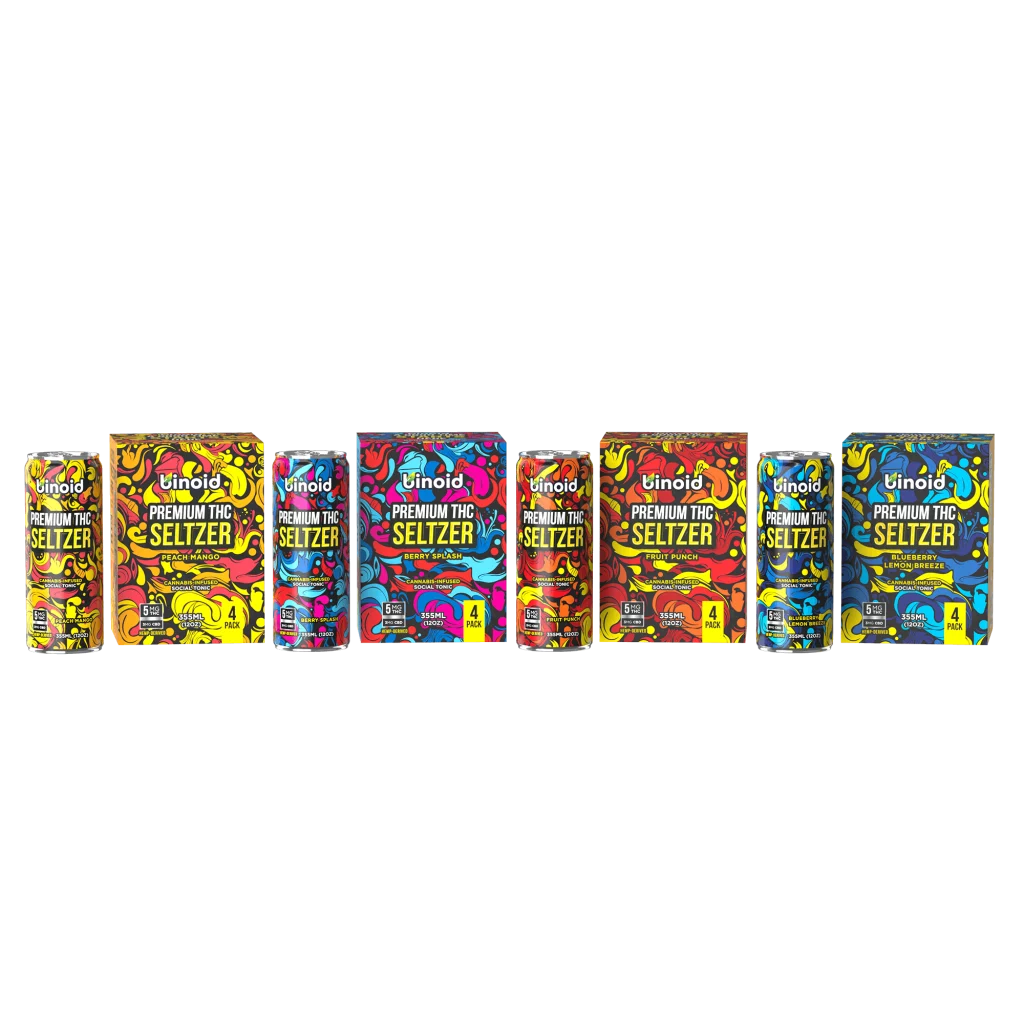THC B vs THC A: The 6 Key Differences

Table of Contents
The cannabis scene has gone way beyond the basics. With cannabinoids like THC B and THC A showing up in more products, there’s real buzz, and a lot of questions, about how these two compare.
Both are hemp-derived, both offer a new kind of vibe, but they’re not the same thing. Looking at THC B vs THC A means looking at how they’re made, how they hit, and why people are picking one over the other for their sessions.
THC B, also known as tetrahydrocannabutol, is one of the newer, rare cannabinoids gaining traction with those who want something different from the usual Delta 8 or Delta 9 products.
It’s built for potency, quick onset, and a high that some users find more “present” and energetic. THC A, or tetrahydrocannabinolic acid, is actually the raw, non-psychoactive form of THC found in fresh cannabis. It only becomes psychoactive when it’s heated, a process called decarboxylation.
Both are showing up on menus, dispensary shelves, and in conversation. Here’s what matters when comparing THC B vs THC A.
Pause for a second and explore Binoid and their powerful THC B products, trusted by fans everywhere for their quality. Here’s a perk: get 30% off your next purchase with code 30BIN .
How THC B vs THC A Are Made
There’s a major difference in how these two cannabinoids are sourced and processed. THC B is found naturally in the cannabis plant, but only in tiny amounts. It’s usually produced through advanced extraction and conversion processes that pull it from hemp, making it accessible for products like vapes, gummies, and tinctures. This process is tightly controlled to make sure the final result is both pure and effective.
THC A is much more common in raw cannabis. Every fresh cannabis flower is loaded with THC A, but it doesn’t get users high until it’s heated. Lighting up, vaping, or baking converts THC A into regular THC (Delta 9), which is what delivers the classic buzz. Products that keep THC A intact, like live resin concentrates, raw cannabis juice, and even some tinctures, cater to people who want the potential wellness effects without immediate psychoactivity.
Comparing THC B vs THC A in terms of production shows a big split. One is all about advanced lab techniques, the other is part of the natural state of the cannabis plant.
Psychoactive Effects: How the High Feels
Most of the hype around THC B vs THC A comes down to the session itself. THC B products are known for their strong, clear-headed, and energetic high. Fans of THC B describe a fast onset that’s more powerful than most Delta 8 or Delta 10 products, but with a clean, uplifting feel. For those chasing intensity without the anxious edge, THC B is a new favorite.
THC A on its own doesn’t produce any high. Eating a raw cannabis bud, for example, won’t do much. Only after it’s heated does THC A turn into active THC. That means most THC A products won’t feel psychoactive unless the user applies heat. Some people seek out THC A for wellness reasons, using it in juices or raw tinctures for the potential anti-inflammatory and neuroprotective benefits without the high.
So, looking at THC B vs THC A, the difference is huge. THC B brings the buzz, while THC A stays mellow, unless decarboxylated.
Legality and Access: THC B vs THC A

Hemp laws have opened the door to all sorts of minor cannabinoids, but legal status can change fast. In the United States, both THC B and THC A derived from hemp (with less than 0.3% Delta 9 THC) are federally legal under the 2018 Farm Bill. However, state laws vary, and new regulations can drop overnight. Some states ban synthetic cannabinoids outright, which can impact THC B availability, while others set rules for any form of THC, including THC A.
Anyone interested in THC B vs THC A should check their local laws before making a purchase. What’s legal in one state can be a no-go in another, especially as the landscape keeps shifting.
Types of Products on the Market
The product selection is growing fast for both THC B vs THC A cannabinoids. THC B products are showing up in vapes, disposables, edibles, tinctures, and concentrates. These products are designed for people who want to feel the effects quickly, with a high that’s easy to manage and a little different from the usual routine. The flavor and smoothness of THC B vapes, in particular, have caught the attention of both experienced users and those new to alternative cannabinoids.
THC A products lean toward concentrates, flower, and raw extracts. Pre-rolls and flower labeled as “high THC A” are especially popular among people who want to decarb their dose themselves, either by smoking, vaping, or baking into edibles. There are also tinctures and capsules aimed at those who want the possible benefits of THC A without a psychoactive high.
Looking at THC B vs THC A in terms of products, it’s clear both have a spot on the shelf, but serve slightly different needs.
Chemistry: What’s Going On at the Molecular Level?
THC B is closely related to Delta 9 THC, but with a slightly longer carbon chain in its structure. This small change is what gives THC B its unique effects, stronger binding to cannabinoid receptors, and a high that stands out even among heavy hitters. THC B is still rare, but as extraction methods improve, more labs are able to make pure THC B for mass-market products.
THC A, on the other hand, is the “precursor” to Delta 9 THC. It’s what you find in live, uncured cannabis. The acid group attached to its structure prevents it from fitting perfectly into the body’s cannabinoid receptors, which is why it doesn’t get people high until decarboxylation. When heat is applied, THC A becomes Delta 9, and that’s when the familiar high kicks in.
When breaking down THC B vs THC A, the science is as important as the effects. Both cannabinoids have unique places in the plant and different stories once they’re in the body.
Potential Benefits and Uses
People are still learning about what THC B vs THC A can do. THC B products are popular for those seeking an energetic, creative, and social high. Early feedback suggests a more potent, focused buzz than typical THC products, with less couch-lock and more clarity.
THC A, meanwhile, is often used for wellness purposes. Some users take it for its anti-inflammatory, anti-nausea, and neuroprotective properties, especially in raw, unheated form. Researchers are still studying these effects, but the interest in THC A as a non-intoxicating option keeps growing.
Comparing THC B vs THC A for benefits shows two very different approaches: one about the high, the other about wellness.
Which One Is Right for Your Session?

There’s no single “winner” in the THC B vs THC A match-up. Choosing one depends on what kind of experience or benefit someone is after. If the goal is a strong, clear, and fast-hitting high, THC B products are the move. For those looking to stay clear-headed, functional, and explore new wellness territory, THC A is the way to go, unless it’s heated, in which case it’s classic Delta 9 all over again.
For users who want a new kind of session, mixing things up with both types of products can offer a totally different routine and set of effects.
FAQs
What is the biggest difference between THC B vs THC A?
THC B is a psychoactive cannabinoid with an energetic, clear high. THC A is the non-psychoactive, raw acid form of THC that only gets users high when heated.
Are THC B products more potent than THC A?
THC B is reported to deliver a stronger, more noticeable high than Delta 8 or Delta 10. THC A is not psychoactive until decarbed, so by itself, it does not create a buzz.
Can THC B and THC A be used together?
Yes, some people combine them for unique effects, especially when looking to balance potency and possible wellness benefits.
Is it legal to buy THC B and THC A products?
Both are federally legal if derived from hemp and contain less than 0.3% Delta 9 THC, but state rules vary. Always check local laws before ordering.
Which is better for beginners, THC B or THC A?
It depends on the desired experience. Beginners who want a high should start with small amounts of THC B. Those interested in non-intoxicating benefits may look at THC A.
